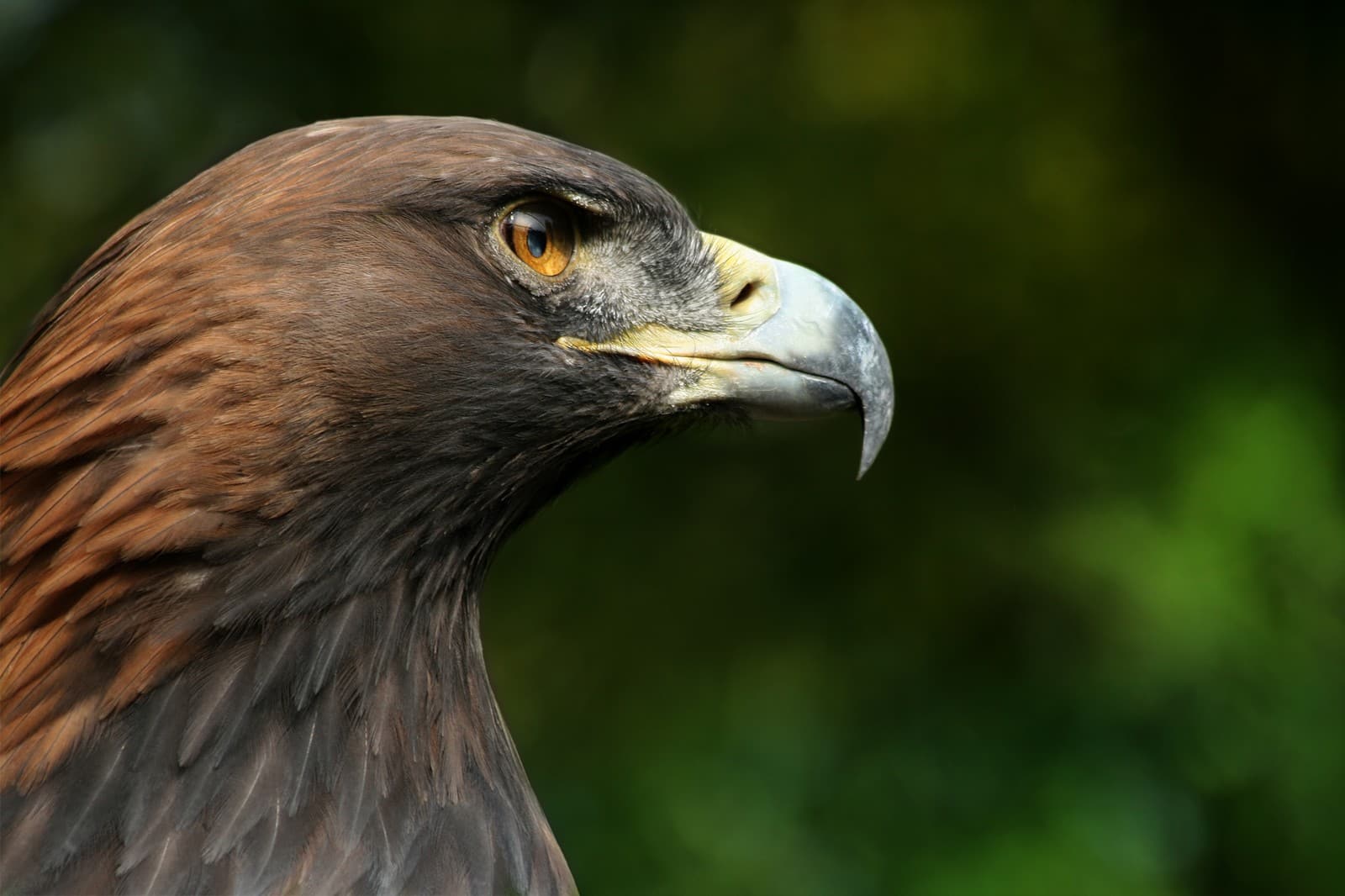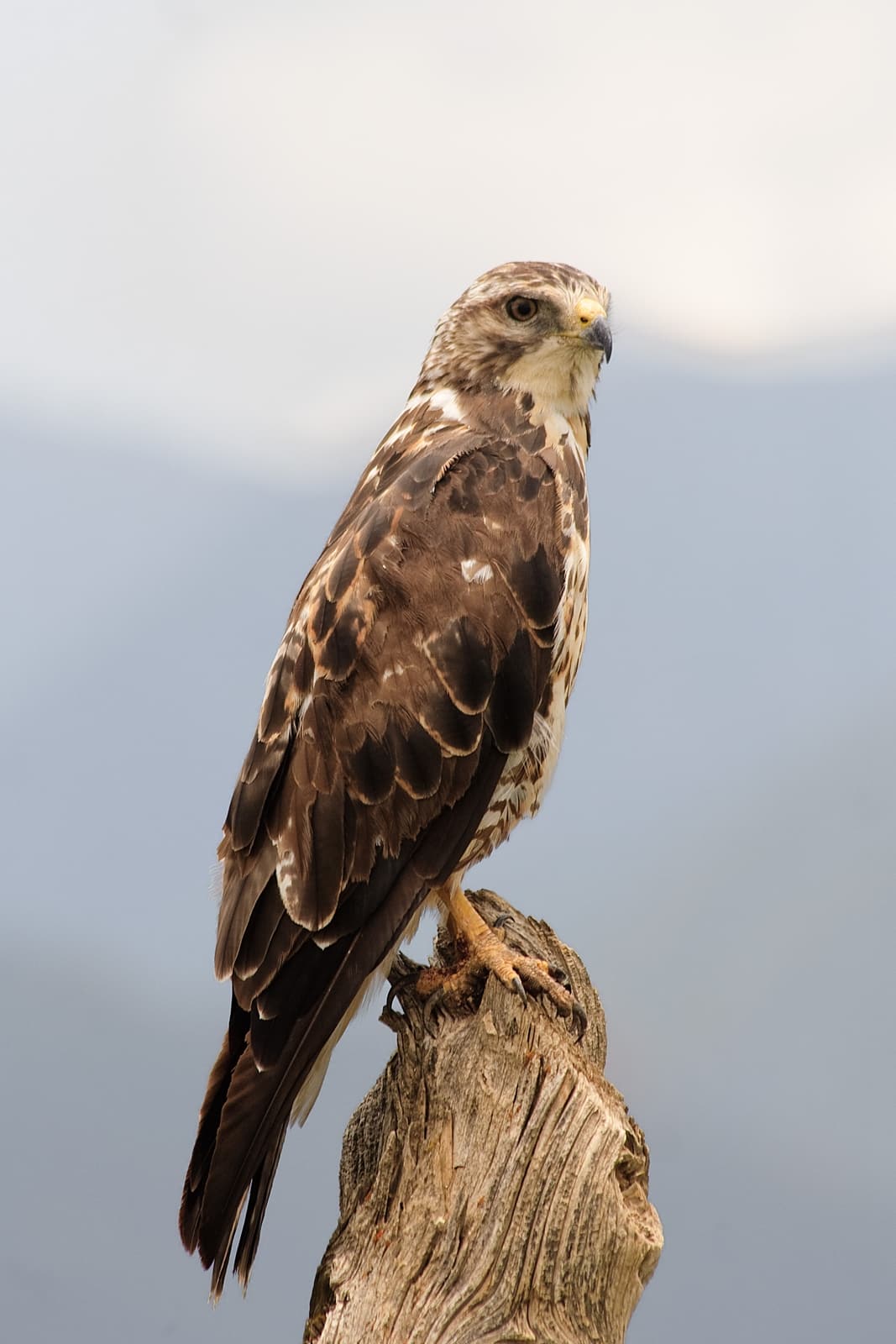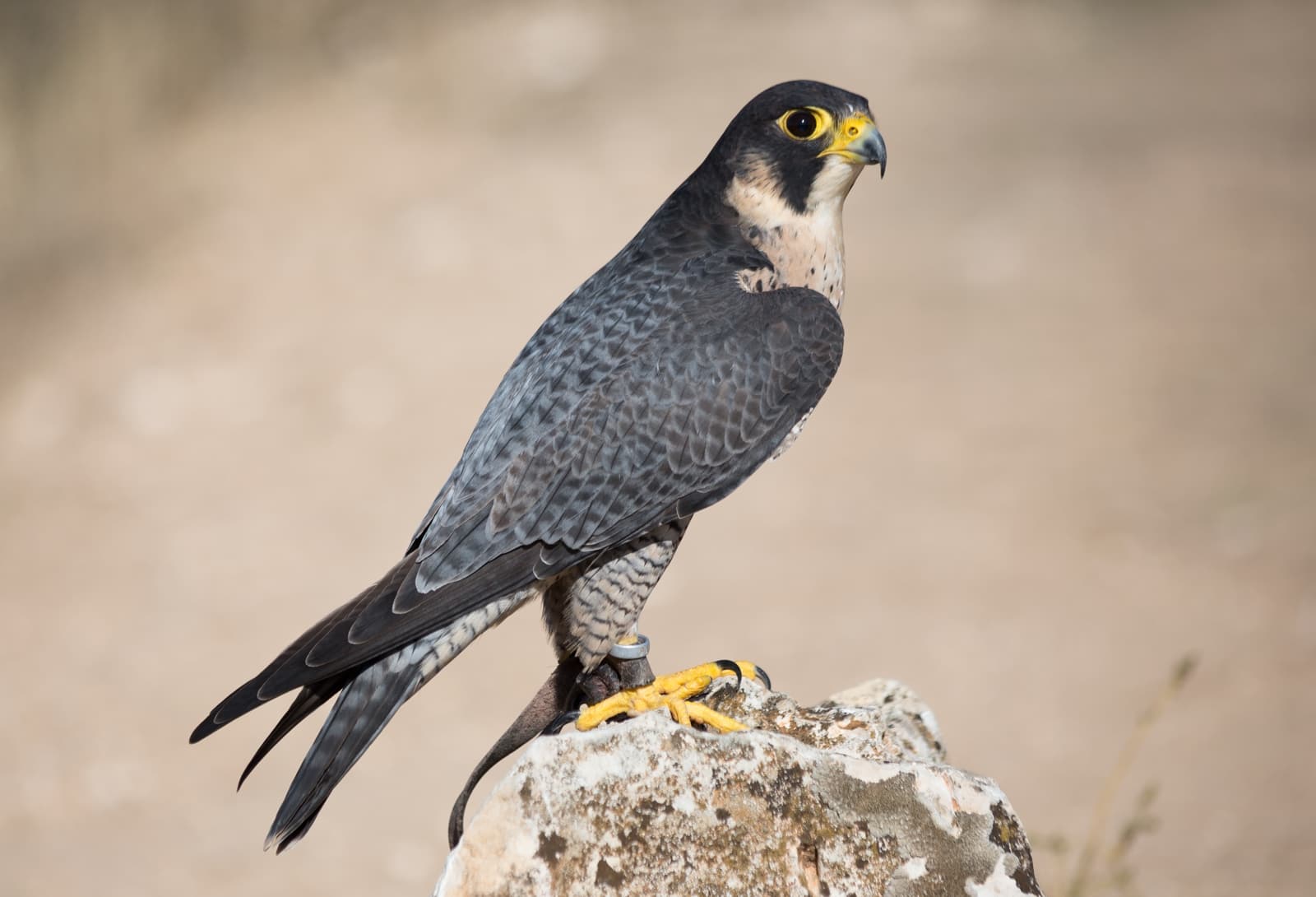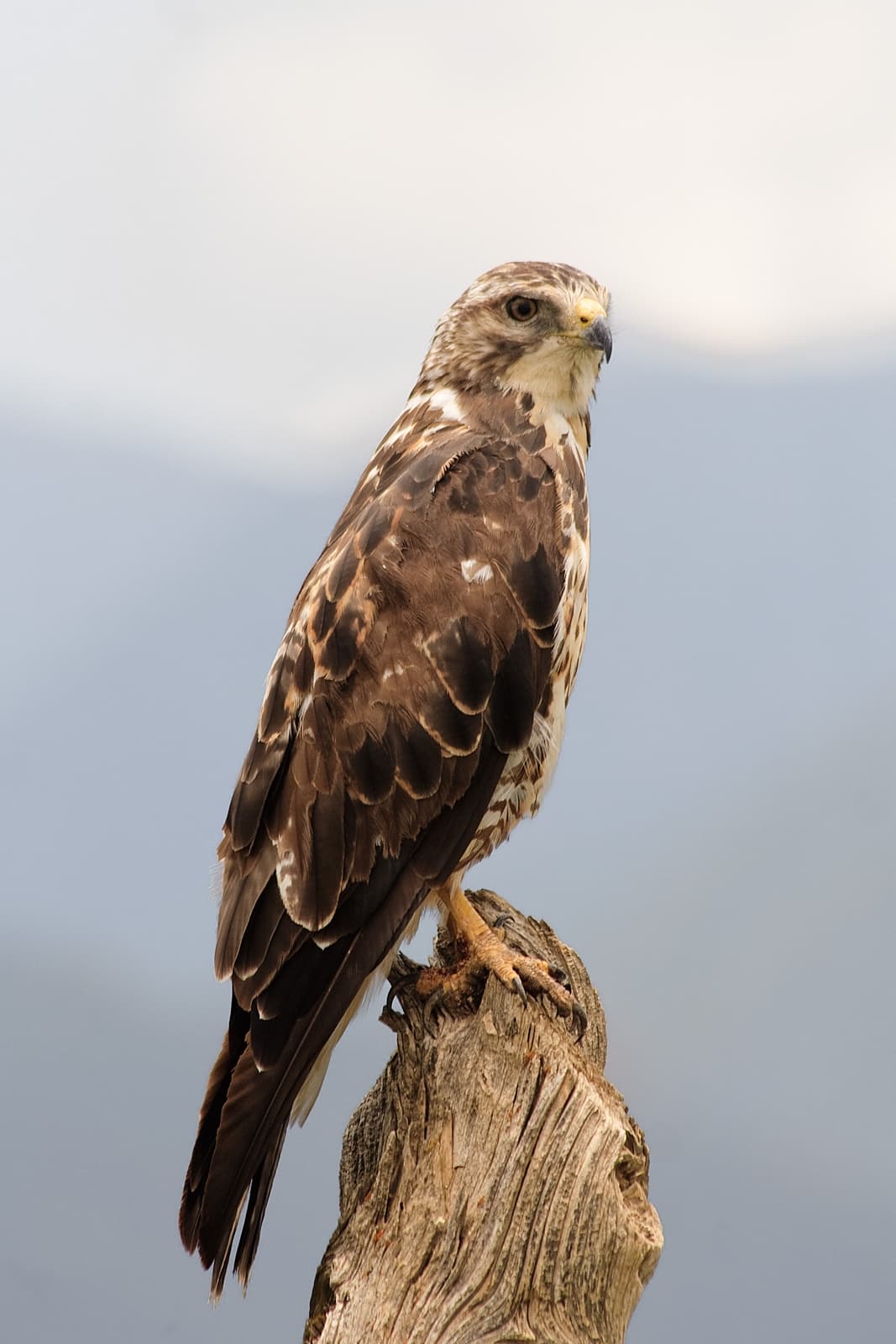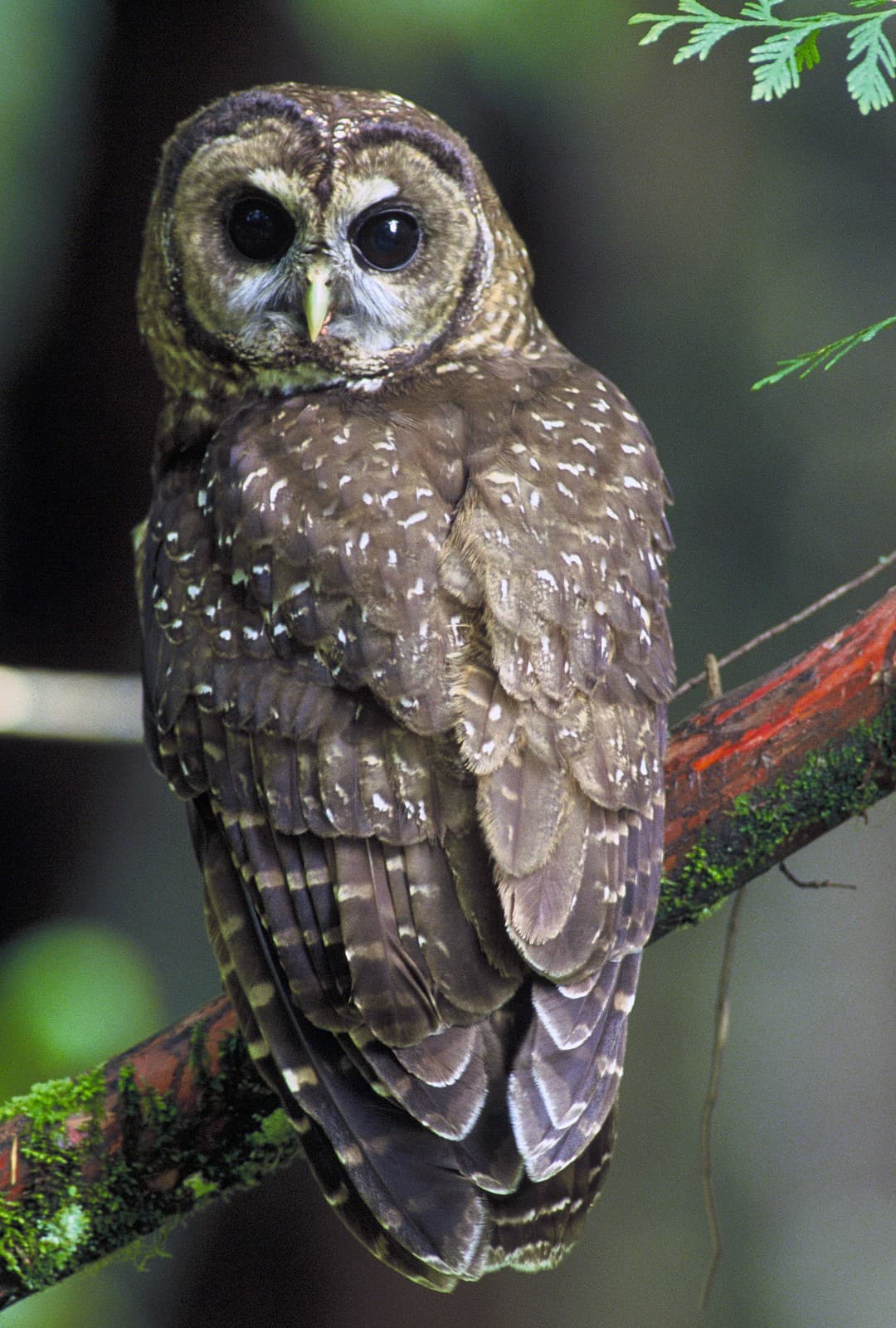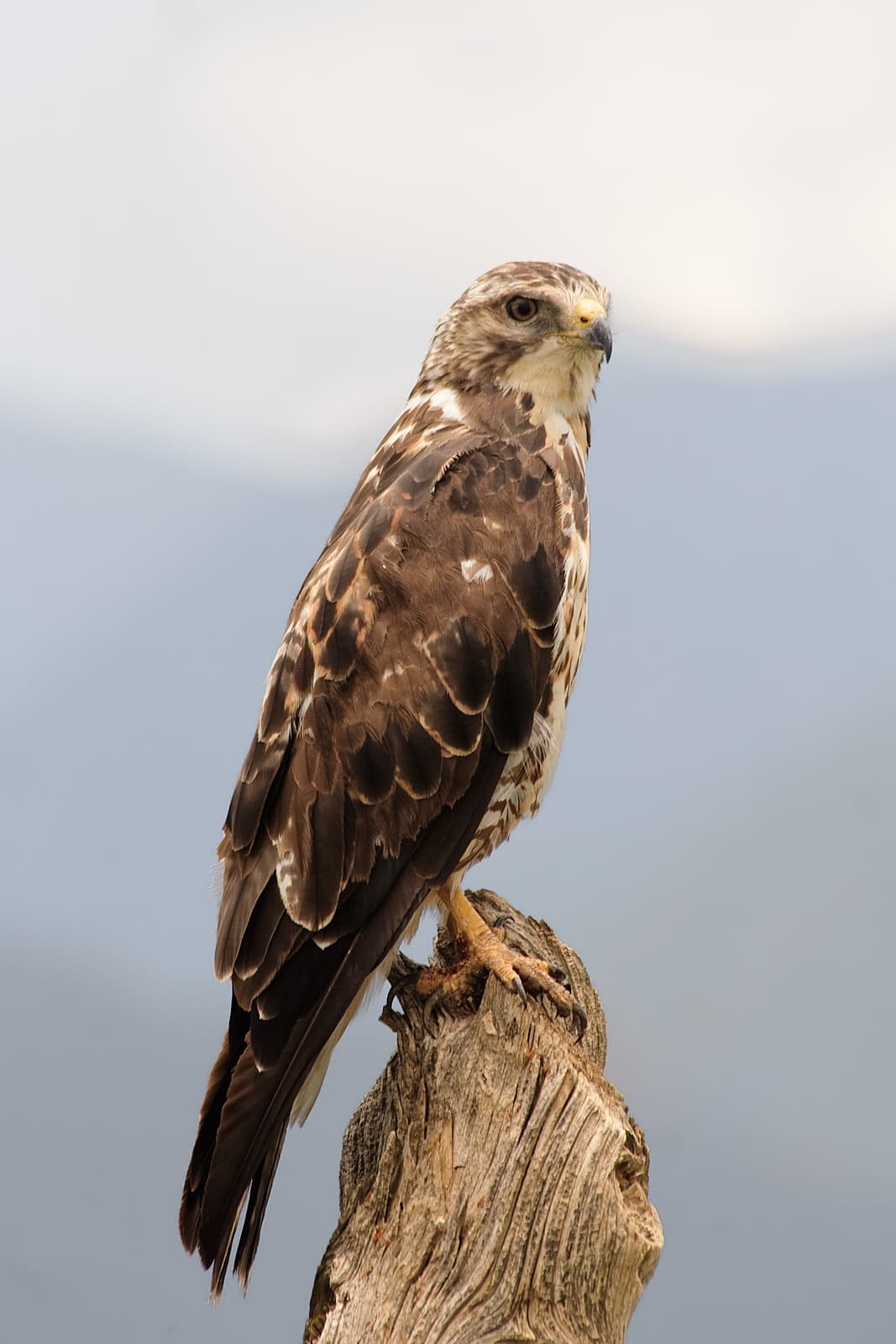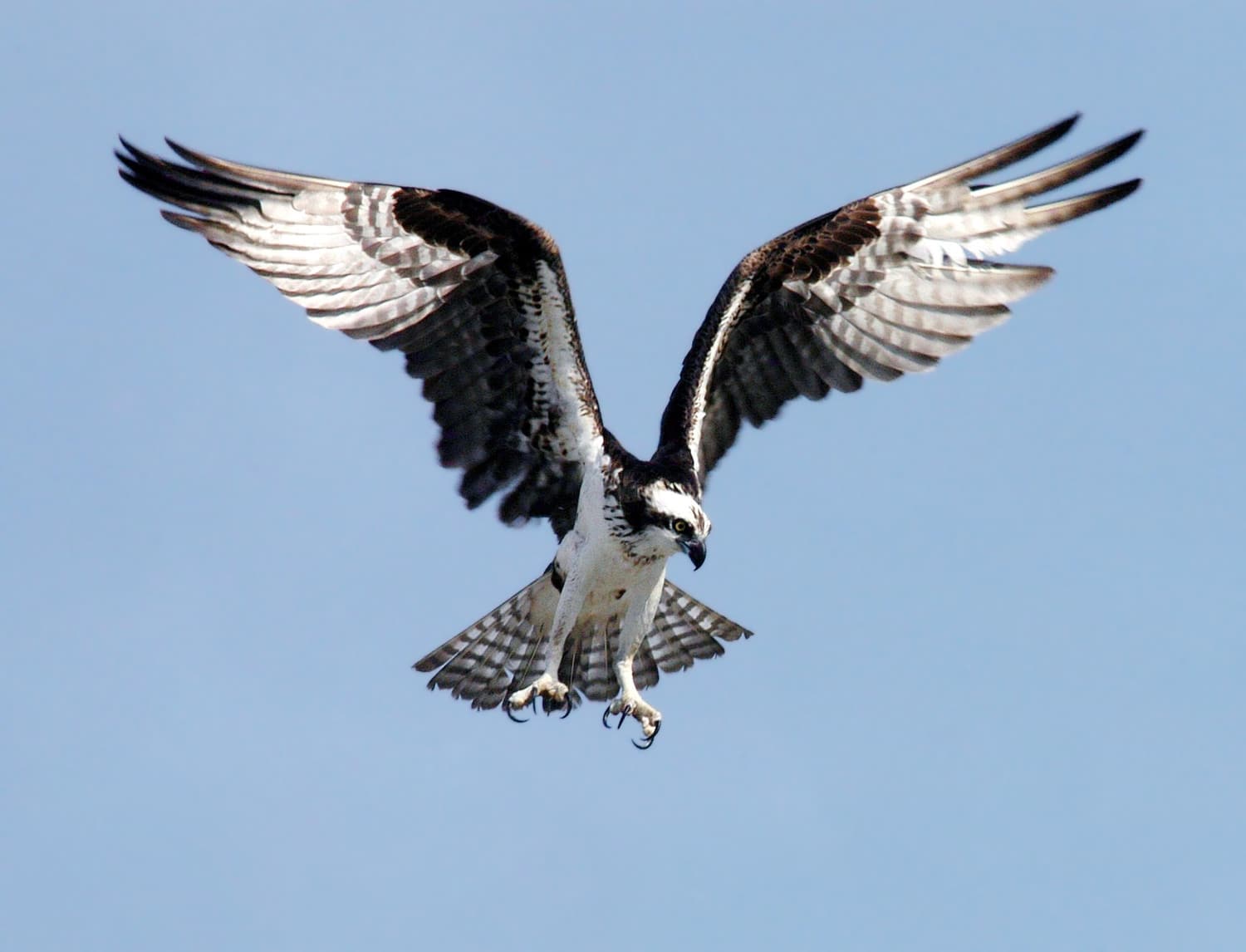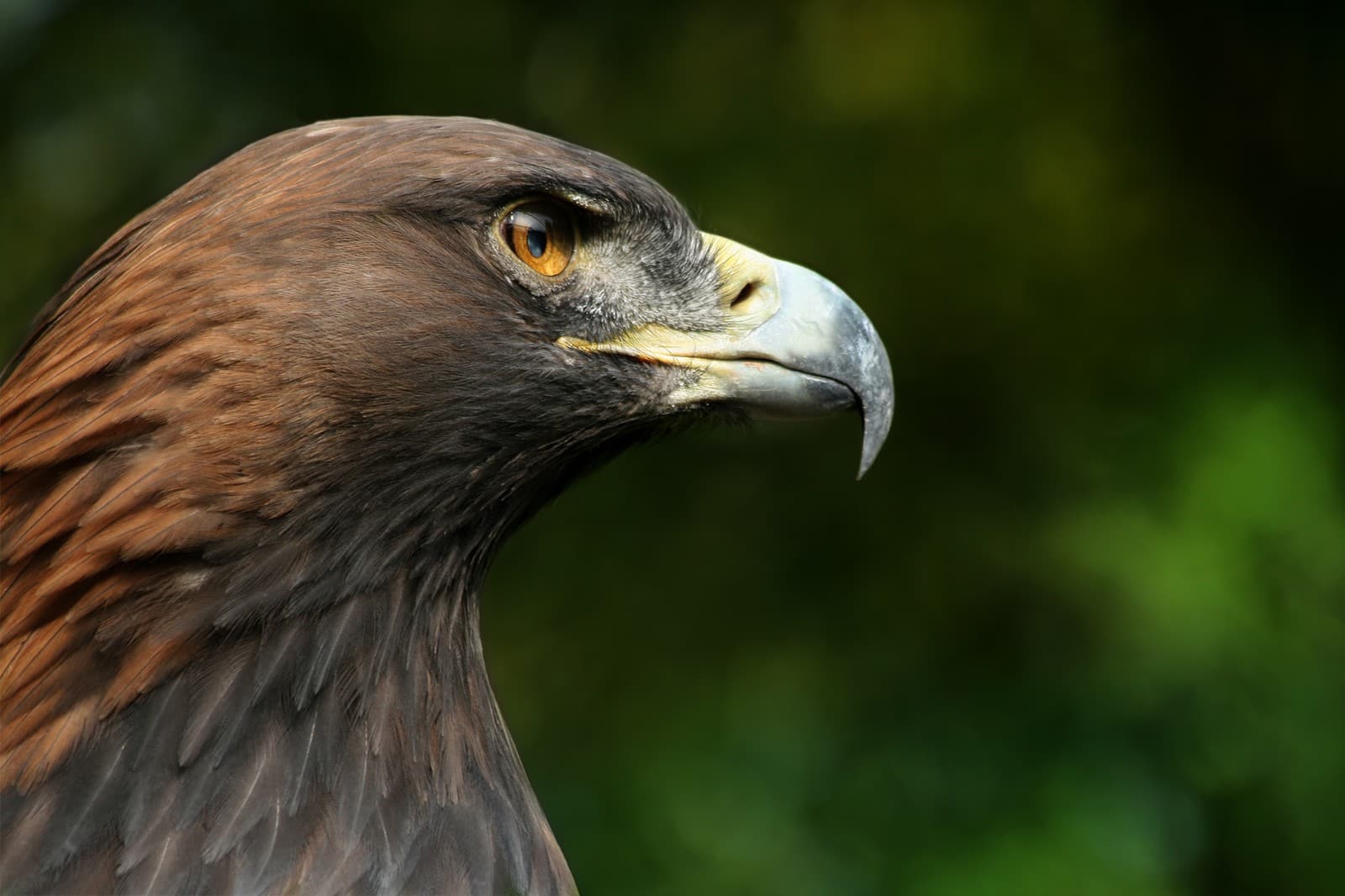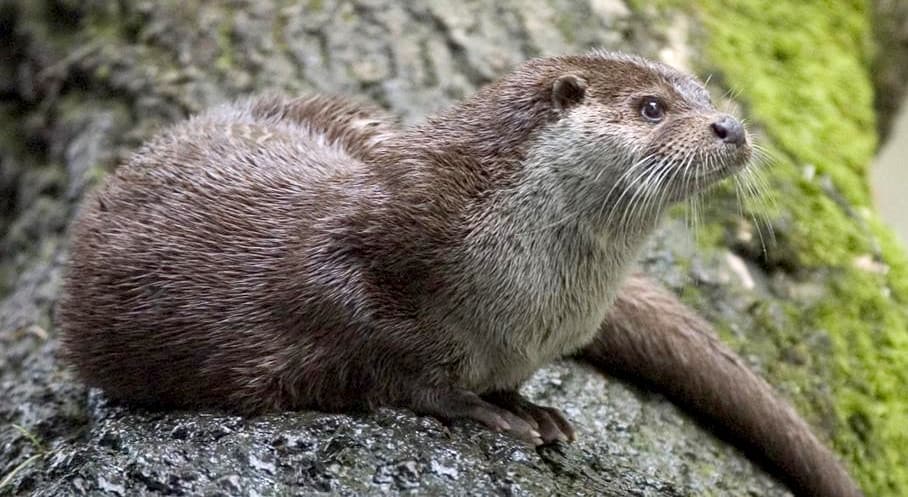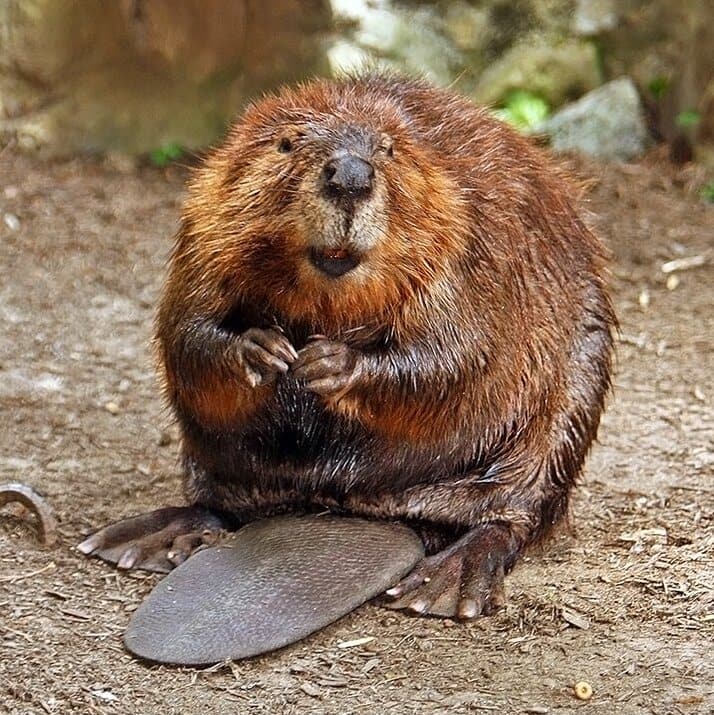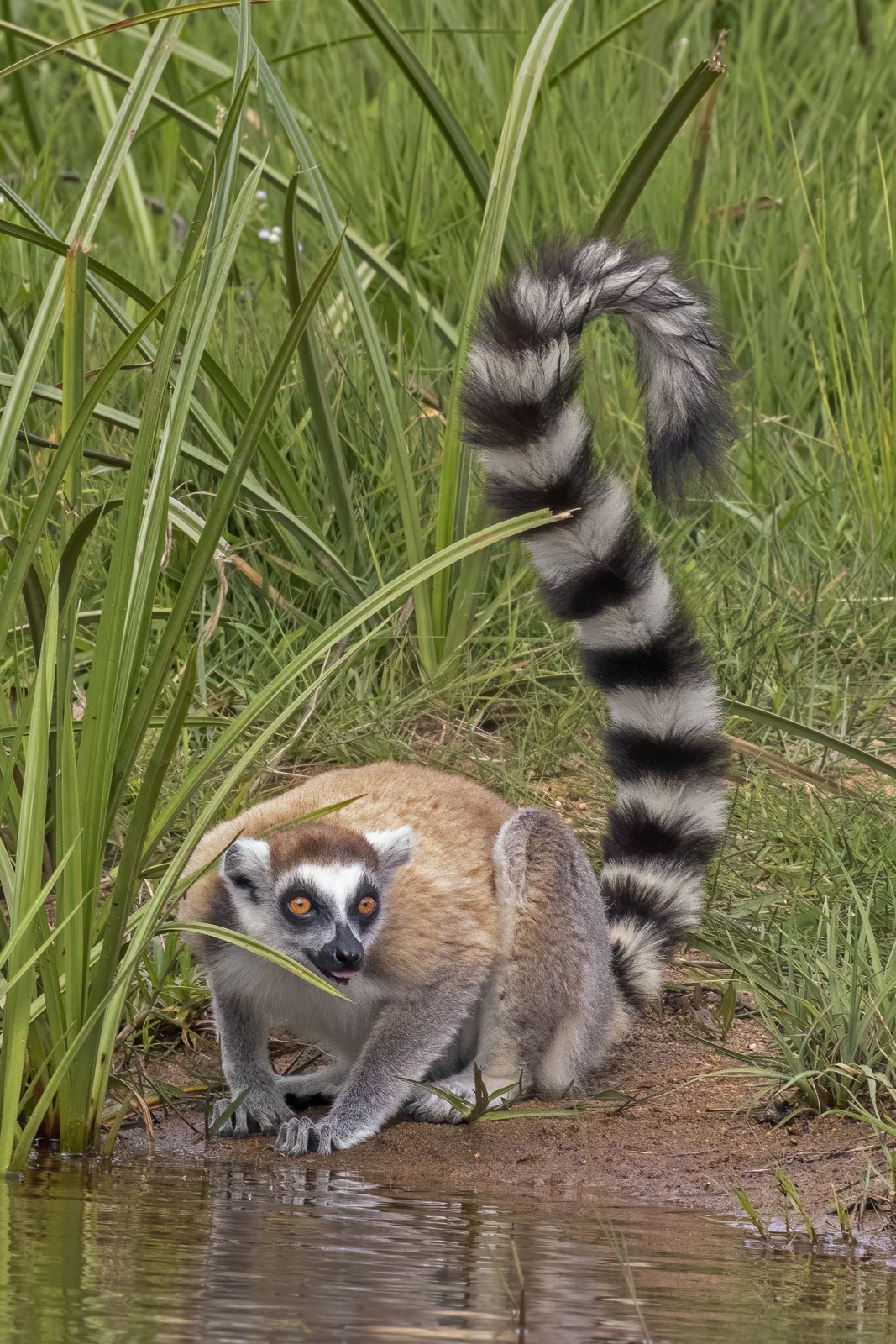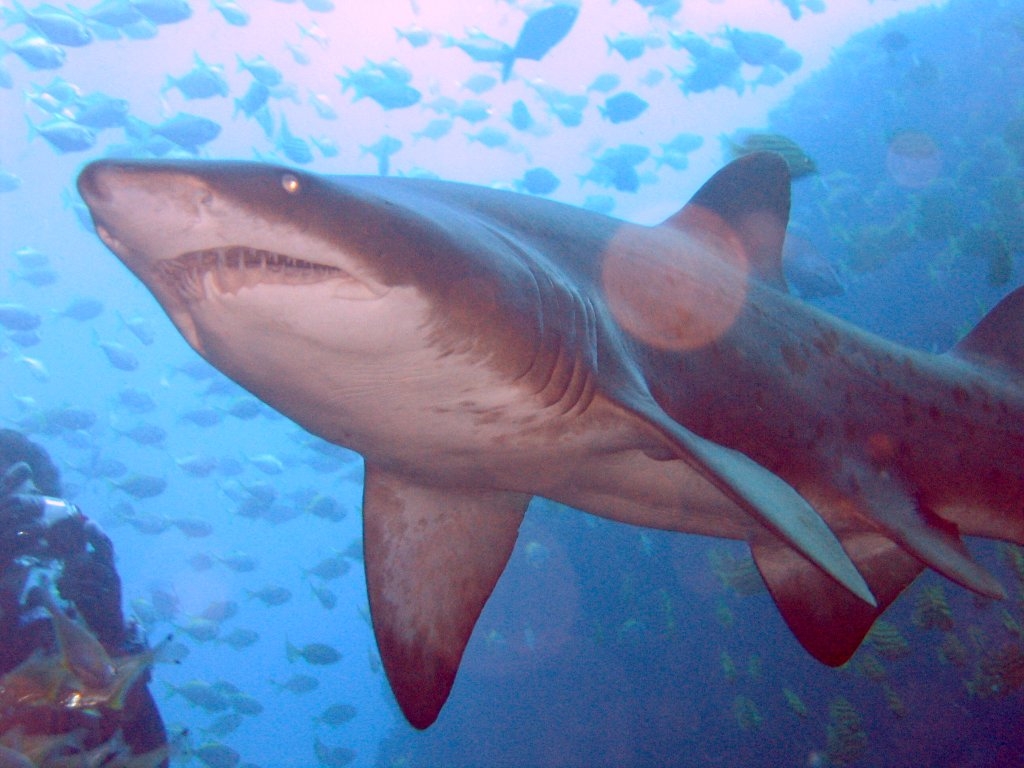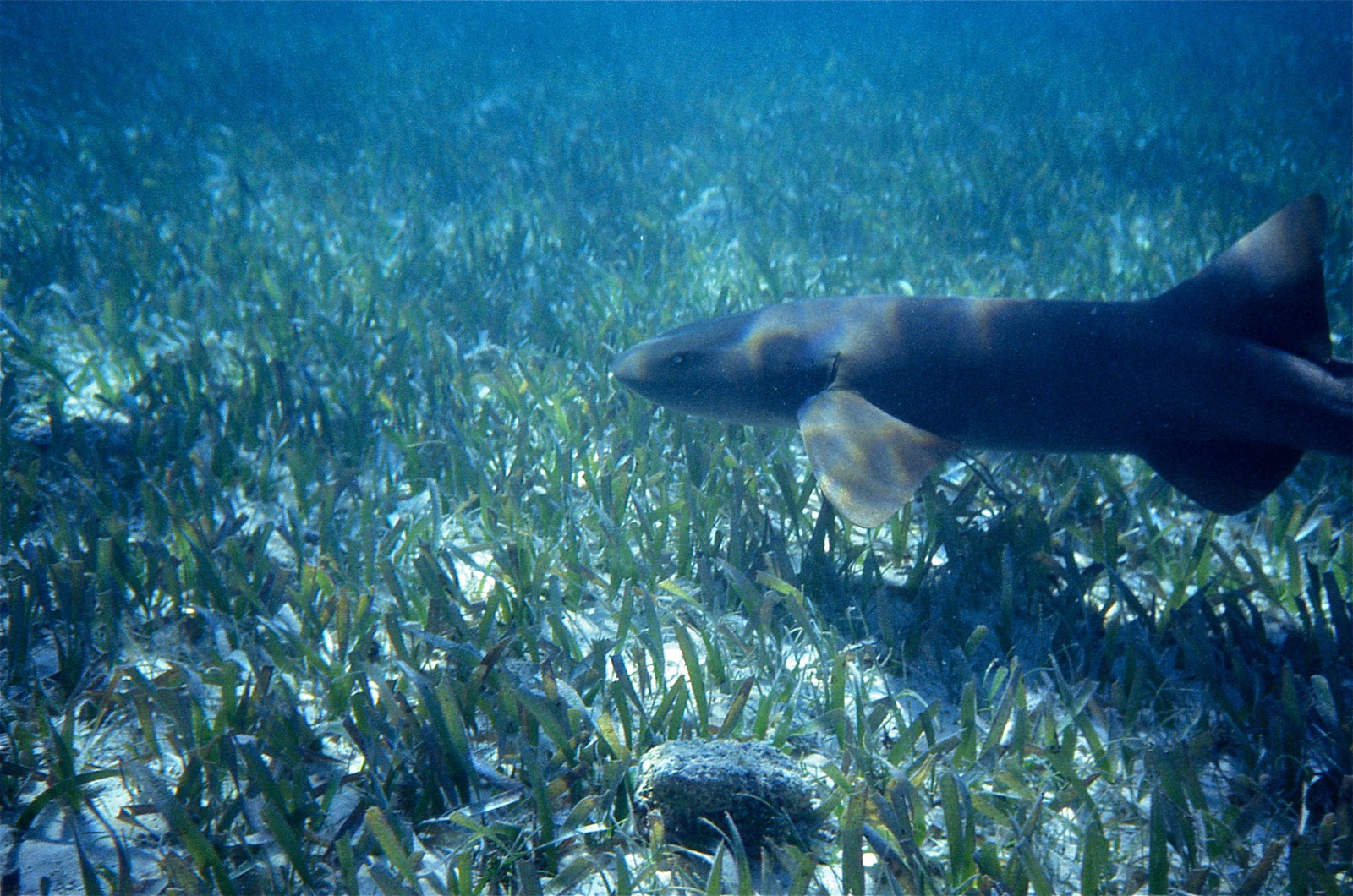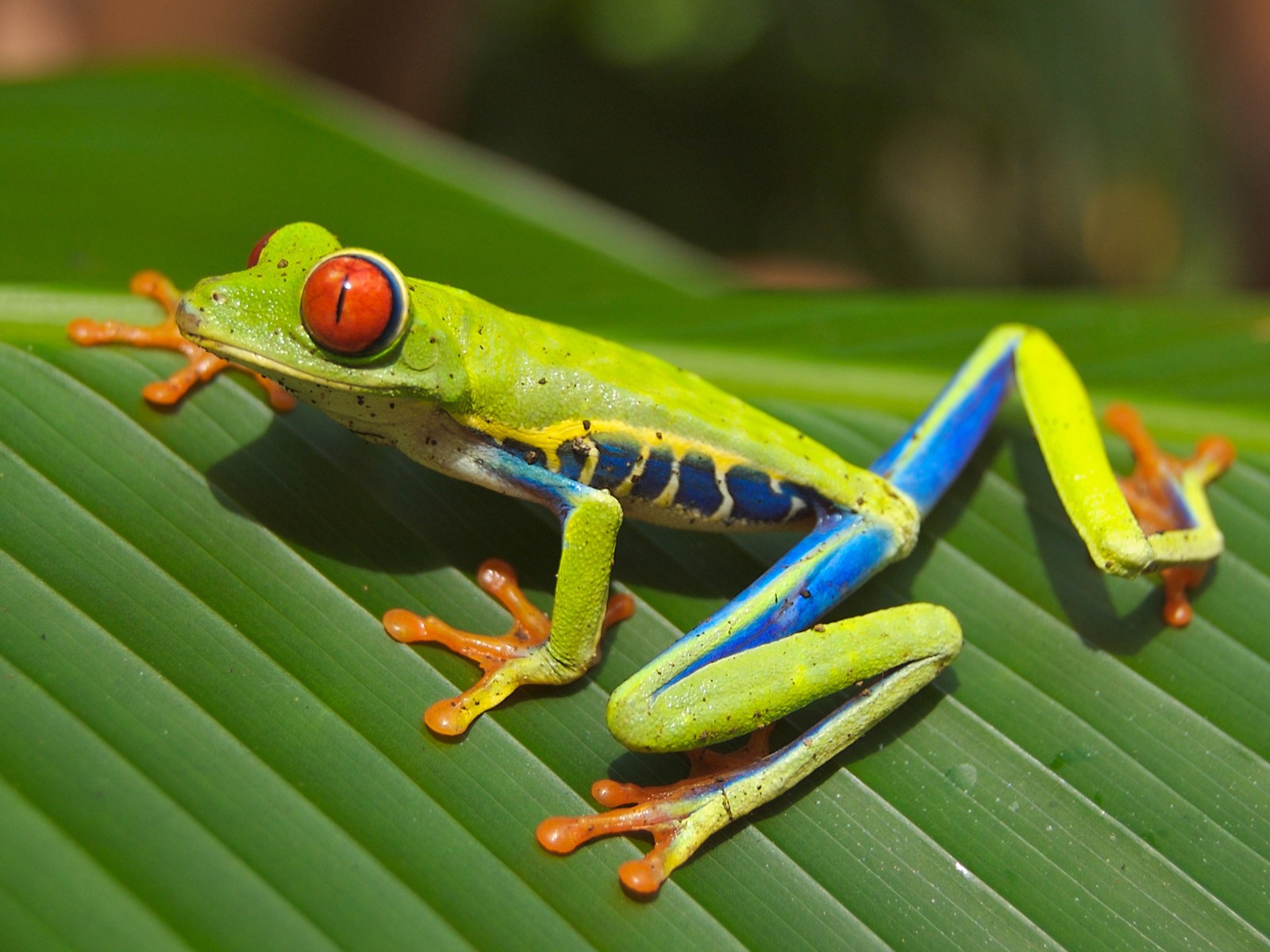Hawk vs Osprey: A Complete Comparison
While hawks and ospreys are both remarkable birds of prey, they exhibit distinct differences in their hunting strategies and physical adaptations. Hawks are versatile predators that hunt a wide variety of land-based prey, while ospreys are specialized fish-hunters with unique adaptations like reversible outer toes and water-repellent plumage. The average hawk weighs between 0.5-3.5 pounds (0.23-1.6 kg), whereas the osprey typically weighs 3-4.4 pounds (1.4-2 kg).
These fascinating raptors have evolved to occupy different ecological niches, with hawks dominating terrestrial hunting grounds and ospreys ruling the waters. Their distinct hunting preferences have shaped everything from their wing shapes to their visual capabilities, making each species perfectly adapted to its preferred habitat.
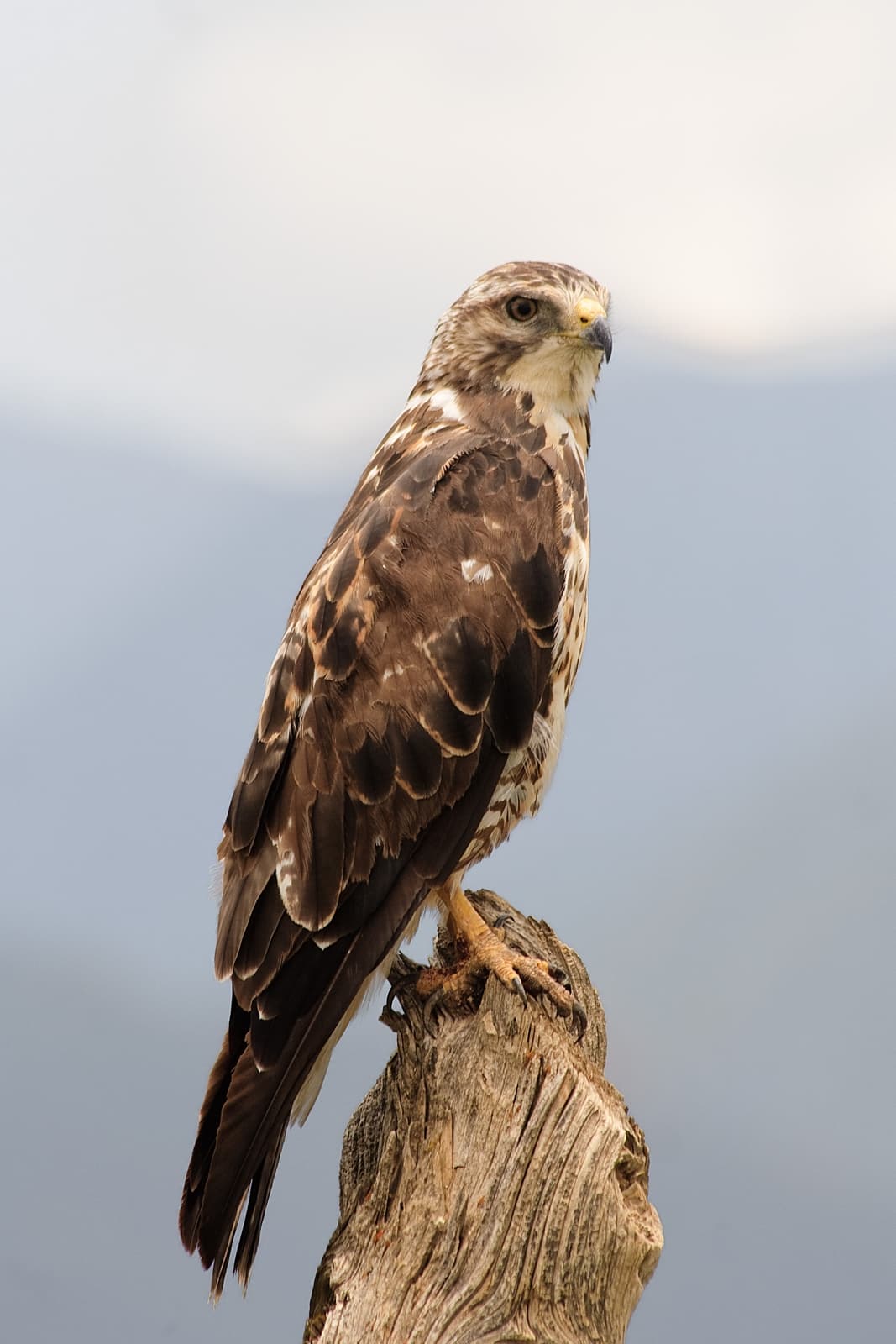
© Calibas / CC BY-SA 3.0
The hawk’s compact build and rounded wings enable quick maneuvers through forest canopies, essential for catching agile prey like small mammals and birds.
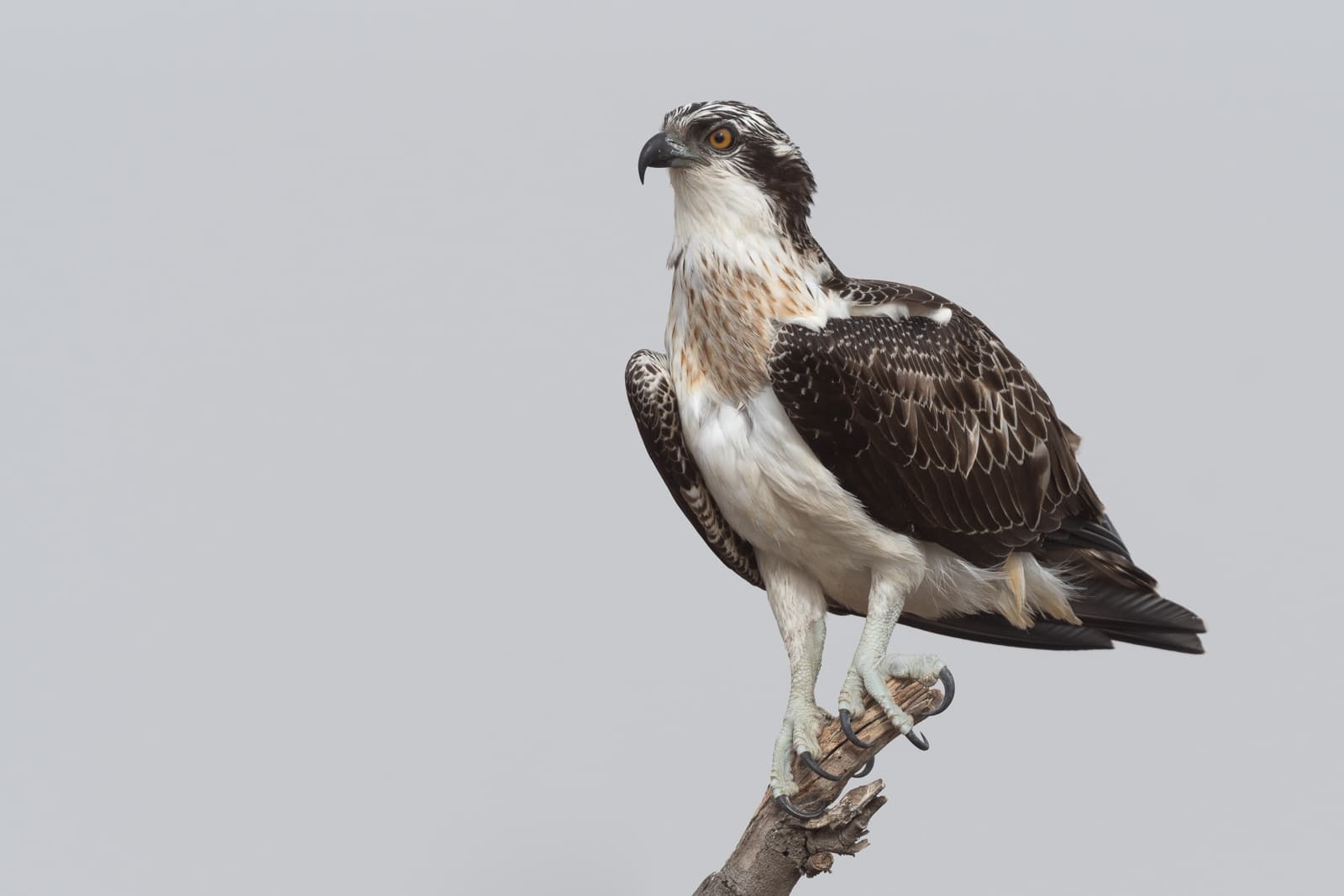
© El Golli Mohamed / CC BY-SA 4.0
The osprey’s distinctive white underparts and specialized talons showcase its evolution as a master fish-hunter, capable of spotting prey from great heights and plunging feet-first into water.
Key Differences Between Hawks and Ospreys
| Feature | Hawk | Osprey |
|---|---|---|
| Primary Diet | Small mammals, birds, reptiles | Almost exclusively fish (99% of diet) |
| Wingspan | 3-4.5 feet (0.9-1.4 m) | 4.5-6 feet (1.4-1.8 m) |
| Hunting Style | Aerial pursuit and ground attacks | Plunge-diving into water |
| Foot Structure | Standard raptor feet | Reversible outer toe, specialized scales |
| Habitat | Forests, grasslands, urban areas | Coastal areas, lakes, rivers |
| Nesting Location | Trees, cliffs, sometimes buildings | Tall structures near water bodies |
Hunting Techniques and Adaptations
Hawks employ a variety of hunting strategies, from swift aerial pursuits to ambush attacks from perches. Their sharp talons and hooked beaks are generalized tools that effectively handle diverse prey. In contrast, ospreys are highly specialized fish-hunters with unique adaptations, including:
- Reversible outer toes for better fish-gripping
- Dense, oily plumage for water resistance
- Specialized nasal valves that close underwater
- Enhanced underwater vision
- Barbed foot pads for holding slippery fish
Habitat and Distribution
Hawks demonstrate remarkable adaptability, thriving across diverse environments from Arctic tundra to tropical rainforests. These versatile predators can be found on every continent except Antarctica. Ospreys, while also globally distributed, strictly require proximity to water bodies rich in fish. They typically nest within 3-5 miles (4.8-8 km) of their fishing grounds.
Who Would Win in a Confrontation?
While direct confrontations between hawks and ospreys are rare, their different specializations generally keep them from competing. Ospreys, being larger and more powerful, typically dominate in territorial disputes near water bodies. However, hawks’ superior maneuverability gives them an advantage in forested areas. The outcome of any interaction would largely depend on:
- Location (over water vs. land)
- Individual size comparison
- Breeding season territoriality
- Available food resources
Conservation Status and Threats
Both species face similar conservation challenges:
- Habitat loss due to urban development
- Environmental pollutants affecting prey populations
- Climate change impacts on breeding patterns
- Human disturbance at nesting sites
However, ospreys have shown remarkable recovery from DDT-related population declines in the mid-20th century, while some hawk species continue to face pressure from habitat fragmentation and pesticide use.
Tips for Identification
To distinguish between hawks and ospreys, observe these key features:
- Wing Shape: Hawks have broader, rounded wings; ospreys show a distinctive M-shaped wing profile
- Coloration: Ospreys have distinctive white underparts and dark eye stripes
- Flight Pattern: Hawks typically soar in circles; ospreys hover more frequently
- Location: Ospreys are almost always near large water bodies
- Size: Ospreys generally appear larger with longer wings
Understanding these differences helps wildlife enthusiasts appreciate the unique adaptations that make each species perfectly suited to its ecological role as an apex predator.
